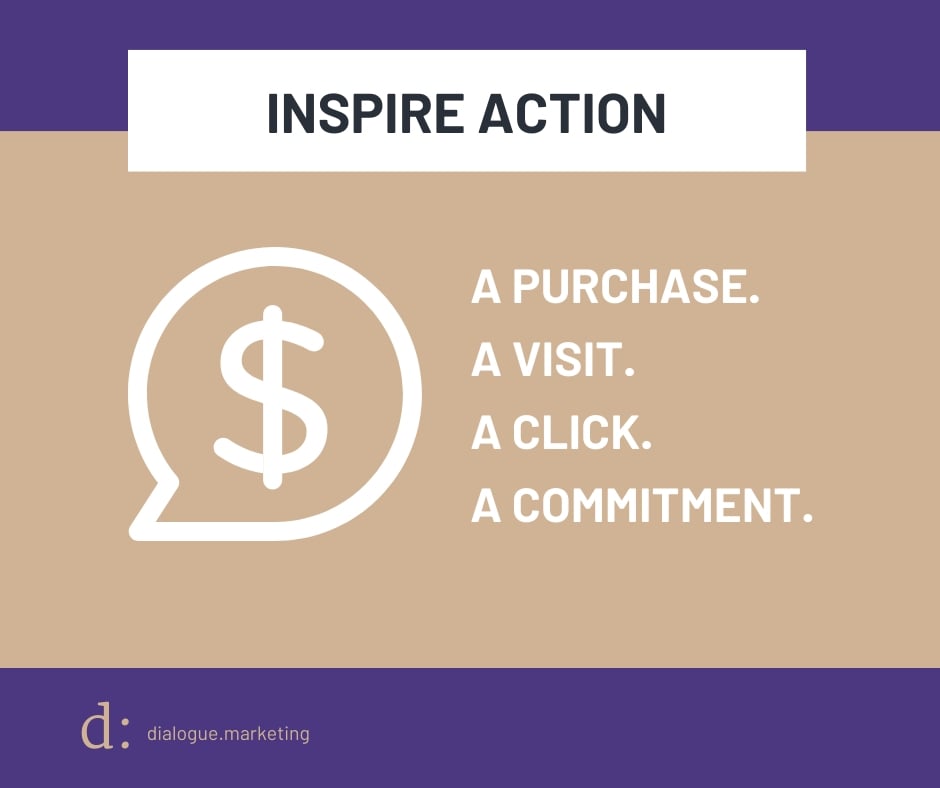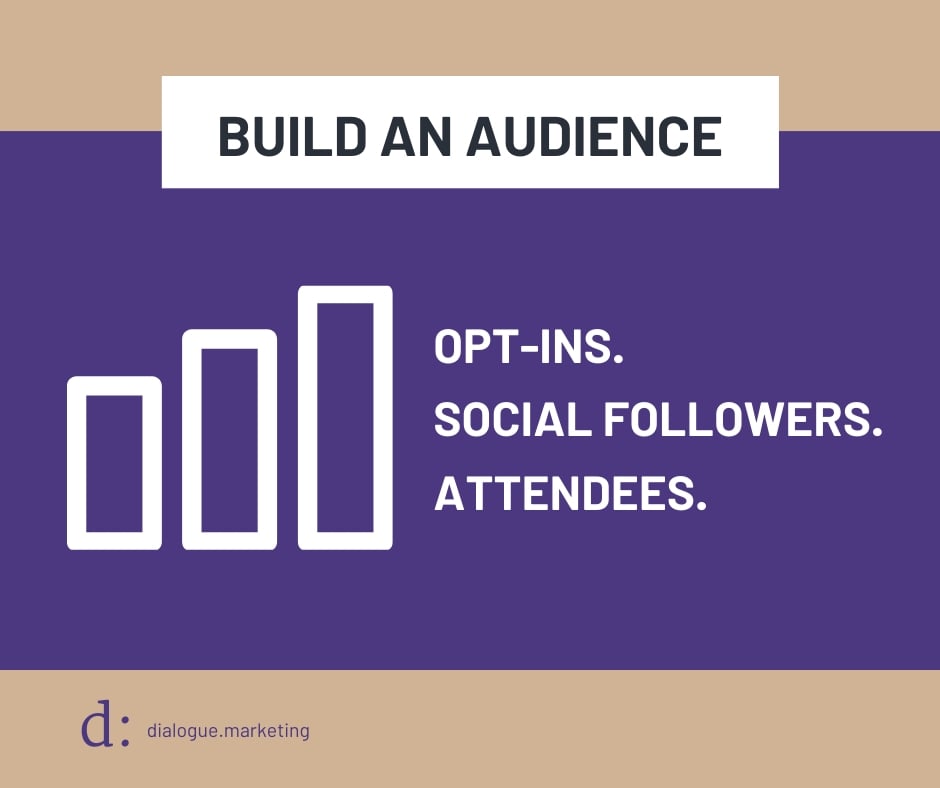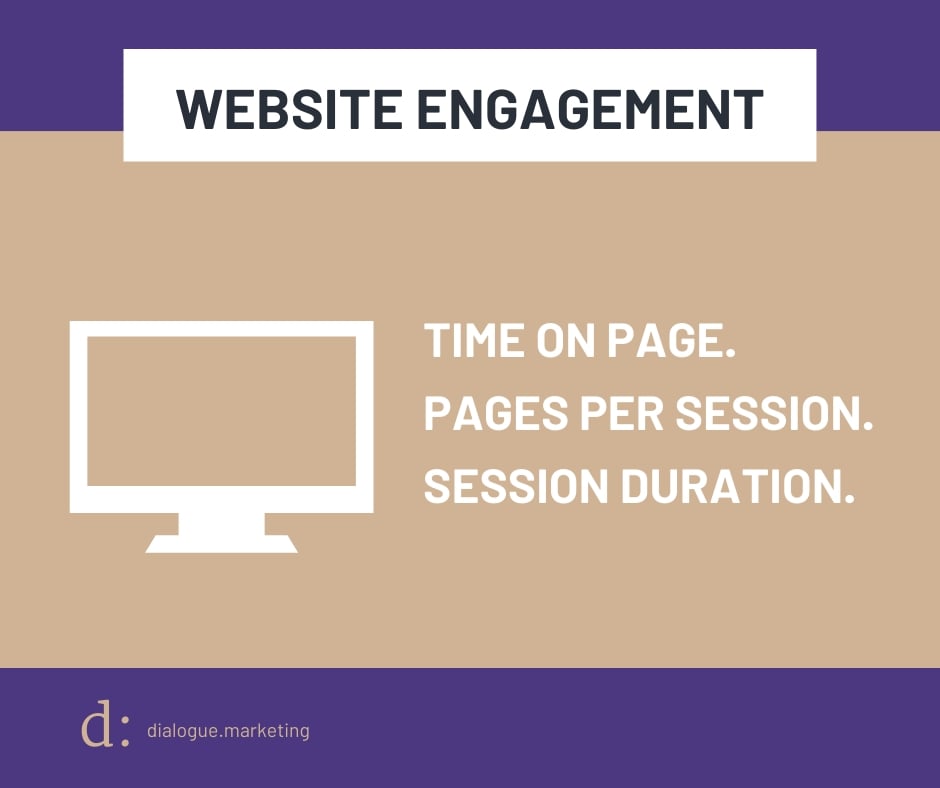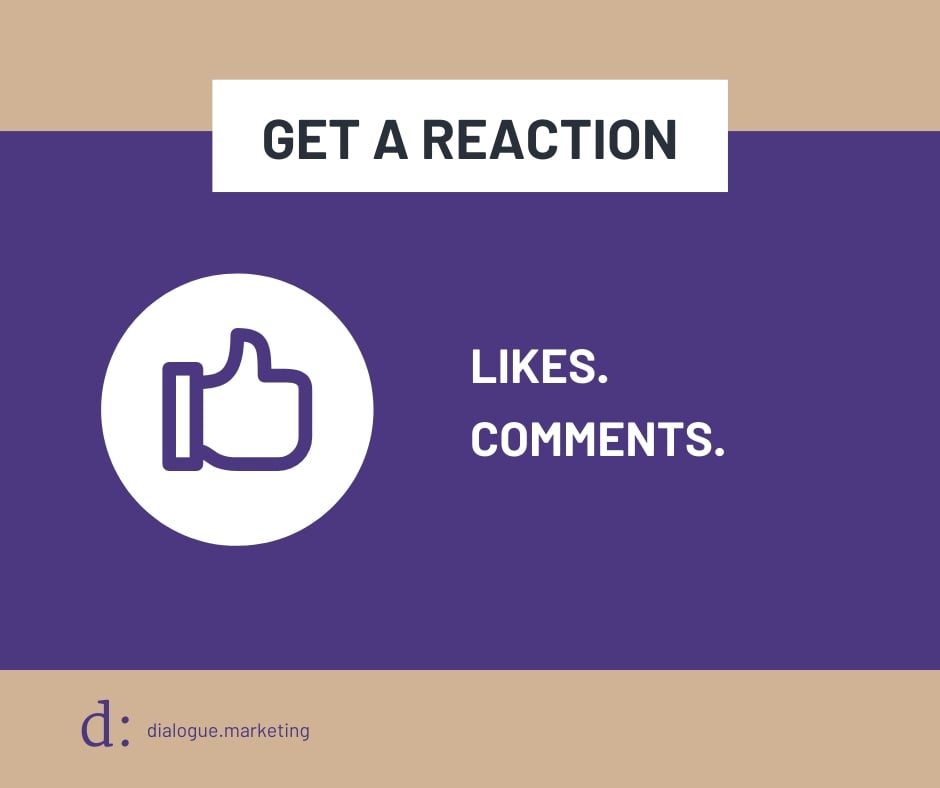It was a dark and stormy night...when she sat down to create her report on content marketing metrics.
(You have to admit that’s metaphorically on point if you’re not sure what to measure.)
Storytelling is a key element of engagement strategy, but what makes a good story in the context of business?
Knowing what to measure is as important as the story you want to tell. After all, a great story that doesn’t engage your audience in the ways you expected may not be a great story after all.
To know what to measure, you need to have a goal. What are you hoping to achieve for the business by telling this story? Storytelling goals can be:
- Inspire Action
- Build on Audience
- Get Shared
- Get Watched
- Increase Time on Site
- Get a Reaction
Here's what to measure for each of those goals (skip to downloadable infographic)

Map out the pathway you want your target audience to take as a result of your storytelling. Monitor to see if you attained the desired actions at each step of your conversion path, whether it's a purchase, a visit, a click or a commitment of some kind.

Measure how effective your content is at building a loyal audience that is open to hearing more from you. Report on follower and email list growth. Or, if you are marketing an event, report how many attendees responded and then attended.

Powerful storytelling is shared, earning greater reach. Measure virality through social shares and email forwards separately from other engagement measurements--they matter more!

How long were your videos viewed? ThruPlay or 2-second consecutive view? Measure storytelling effectiveness by the length of time people spend watching your video.

Use Google Analytics to measure engagement with content on your website, such as articles, videos, calculators and other tools. The metrics to use are Time on Page, Pages Per Session, and Session Duration.
Look at bounce rate trends for your whole site over time. Some content such as blog posts can have a high bounce rate, which isn't necessarily bad, especially if the metrics above look good. You can remarket to those site visitors.

Individual post reactions are directionally helpful, but the metric you want to monitor is how social actions change over time and if those trends correlate positively with other business KPIs.
